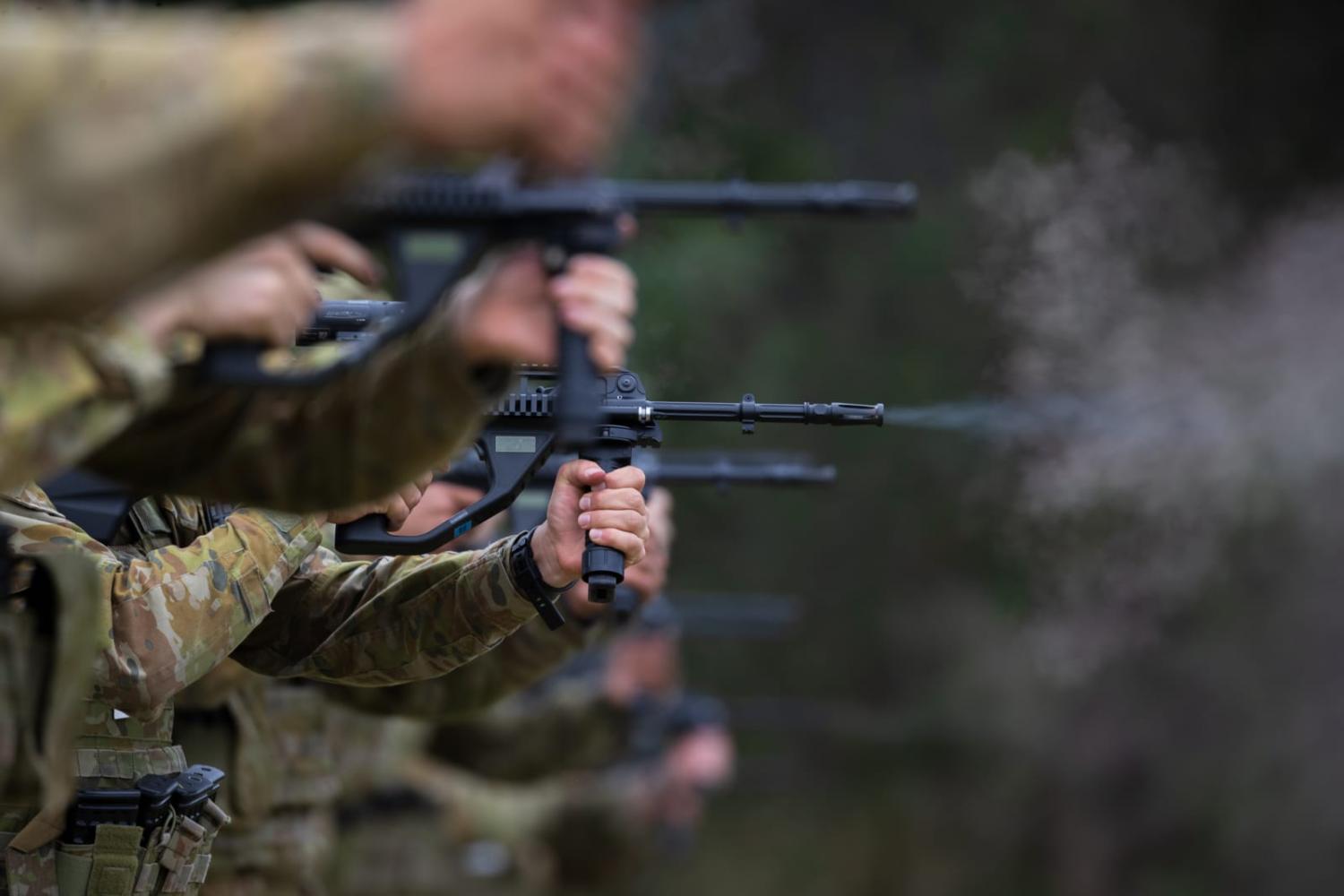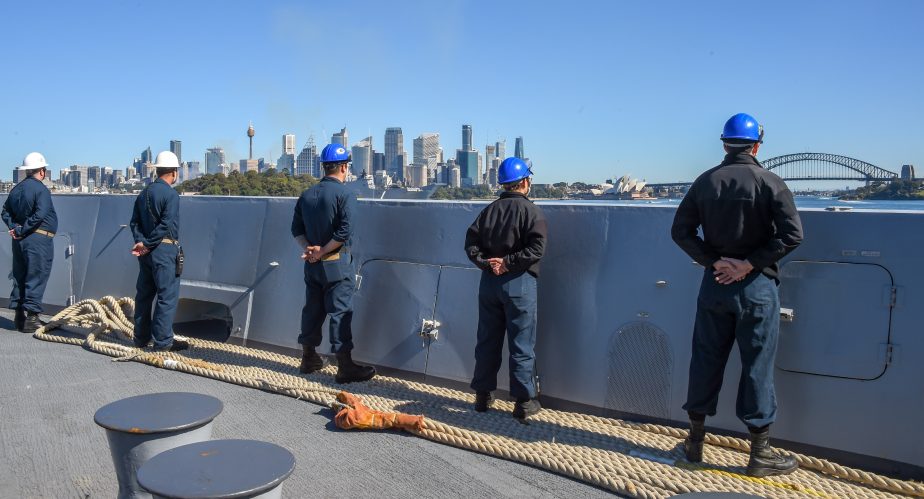A Compelling Voice for Rethinking Australia’s National Security
THE INTERPRETER
APLN member Gareth Evans reviewed Sam Roggeveen’s new book The Echidna Strategy for The Interpreter. While he does not agree with all of Roggeveen’s points, Evans praises the book’s meticulous analysis of the national interests, capacity, and will of the United States, Australia, and China. Read the original article here.
Sam Roggeveen’s Echidna Strategy rightly challenges Australia to act as a diplomatic powerhouse, not a military one.
Sam Roggeveen’s basic storyline in The Echidna Strategy – that the China threat is grossly exaggerated, and that Australia should not, and need not, rely on America for our security protection – is causing predictable conniptions in our securitat, commentariat and political class. But his argument is compelling. It can be challenged and refined and contested in parts, but we ignore it at our peril.
What Roggeveen provides in this book is something so far sadly missing from our public debate on AUKUS and all that sails with it. And that is a meticulous analysis of all the critical factors in issue here for each of the United States, China and Australia: national interests, capacity and will.
As to the United States, his argument is that its military and economic power will remain immense for the foreseeable future and, along with its privileged geography, mean that its core security interests – military and economic – are simply not threatened by China’s rise. So, it is only a matter of time before the United States disengages from our region. Should its taste for unrivalled primacy have to yield eventually, as it surely will, to Chinese regional dominance, it may lose some skin in the international status game, but not enough to begin to justify going to war. Protecting allies, and maybe even common values, will count for something, but not if America’s own vital interests are not also at stake. It is not only another Donald Trump who will be unwilling to risk losing Los Angeles in defence of Seoul – or Sydney.
For China, Roggeveen accepts that its build-up in military capacity has been massive, to the extent that the prospect of it becoming the region’s dominant military power within another decade seems more or less a given (at least in the absence of a really enormous new commitment of American military resources, for which Washington is showing no taste). But China’s unwillingness to be, and be seen to be, subordinate to another power in its own region is no more than could be expected given its meteoric economic rise.
Roggeveen argues, plausibly, that while hegemonic ambition is to be expected, China knows that there is little if anything to be gained, and much to be lost, by actually going to war against the United States or any of its neighbours. Taiwan will remain a possible exception, talismanic nationally as it is, and accepted internationally (albeit often uncomfortably) as already part of “One China”. But Beijing well understands that outright invasion, even over just 160 kilometres of water, will be fraught.
Assessing the implications of all this for Australian defence posture, Roggeveen accepts that of course, like any other country, we have to plan on the basis of potential adversaries’ capabilities, not their assumed interests or assumed will to advance them aggressively. But he makes it persuasively clear that China’s huge capability advantage on paper – some 2000 combat aircraft to our 100 for a start – dwindles dramatically when the tremendous advantage of Australia’s distance from the action is taken into account.
Beijing is closer to London than Sydney. China’s southern naval base in Hainan is 4000 kilometres from Australia’s most northern city, Darwin. An invasion could only conceivably succeed on the wildly implausible assumption that subduing Australia was China’s only priority. Even the less resource intensive options of bombings, blockades and grey-zone operations will be hard to mount effectively (though a missile attack on Pine Gap is inevitable in almost any conflict scenario), so long as Australia retains a credible core defence capability.
The “echidna strategy” Roggeveen advocates is designed to deliver just that, through a combination of air, underwater, missile and cyber detection and destruction capabilities, focused unambiguously on making the seas and skies to Australia’s north unsafe for any opposing force. He argues, I think credibly, that such a strategy – “spiky but unthreatening”, designed for impenetrable defence, but with little ability to seize territory or strike distant land targets – could be effectively applied without needing to rely on the direct engagement of our American allies.
A little less credible to me is the claim that these capabilities could be delivered without increasing the defence share of GDP – particularly if we need to develop, as I think we do, greater reactive capability for potential provocations in the Pacific as well as to our north, and also maintain some capacity for significant contributions to UN peacekeeping, disaster relief and other reputation-enhancing contributions to global and regional public goods.
The big strategic question, raised squarely by the AUKUS submarine acquisition decision, is how long the echidna’s spiky quills need to be. Roggeveen argues, unequivocally, not long enough to be able easily to mount hostile operations against Chinese territory or in its near seas: “why compress the distance between us when we can exploit it?” The kind of capability our new nuclear-powered boats offer in this respect – if they are ever delivered – would no doubt be a useful marginal addition to US firepower in those waters should conflict erupt. But any such use would dramatically raise the stakes in terms of China’s hostility towards Australia. And, from my own direct experience as Foreign Minister during the first Gulf War, good luck in pretending that we will retain in practice any sovereign agency in resisting Washington’s pressure to so use them in any conflict.
Roggeveen’s bottom line, I think irresistible, is that while Australia still benefits from American intelligence and logistics support, and we should not walk away from the ANZUS alliance, we are seriously misguided in clinging ever more closely to it at a stage in our history when real US commitment to our national interests is not assured. Our enhanced attachment to the alliance risks making us more rather than less vulnerable, and genuine defence self-reliance is ever more necessary.
One of the most interesting and perceptive chapters in the book argues for reversing the weight of ambition in our foreign and defence policies. Australia, Roggeveen says, “should stride onto the world stage as a diplomatic powerhouse, not a military one”, and he identifies three priorities in this respect for Australian statecraft. One is to advocate for a regional order focused on power-balancing rather than ever more intense strategic competition for primacy between the major players. This aspiration is clearly shared by Foreign Minister Penny Wong, and important for Australia to articulate, but one where we can’t expect our middle-power influence to be decisive. Another of Roggeveen’s priorities, on which we can hope for more traction and are already starting to work hard, is taking our Pacific neighbourhood more seriously, with more climate focus, aid, investment, labour mobility programs and defence cooperation.
For me, as for Roggeveen, the most critically important of our priorities in statecraft should be to dramatically intensify our relationship with Indonesia. A great power in the making, Indonesia presents by far as the most capable regional counterweight to China’s more hegemonic ambitions, and a country with whom – given its size and geography – our friendship is indispensable to our security. Our ambition should be to get back to the kind of unprecedented intimacy and mutual confidence we managed to achieve with the 1995 Australia-Indonesia Security Treaty negotiated by Paul Keating. I live in hope.
Roggeveen is no hard-core leftie. A senior Office of National Assessments intelligence analyst before joining the Lowy Institute 15 years ago, he describes himself, entirely plausibly, as a liberal-conservative, no China dove and not anti-American. Some of the positions he takes are rather too conservative for my taste – such as the comforting belief he seems still to have in the deterrent utility of nuclear weapons. But when a voice like his makes the formidable case, which he does in this book, that current conventional wisdom is misguided, that our defence and security policy is running off the rails and demands a fundamental rethink, it deserves to be heard, and taken very seriously indeed.
Image: How long do the spiky quills need to be? (Sam Price/Defence Department)




